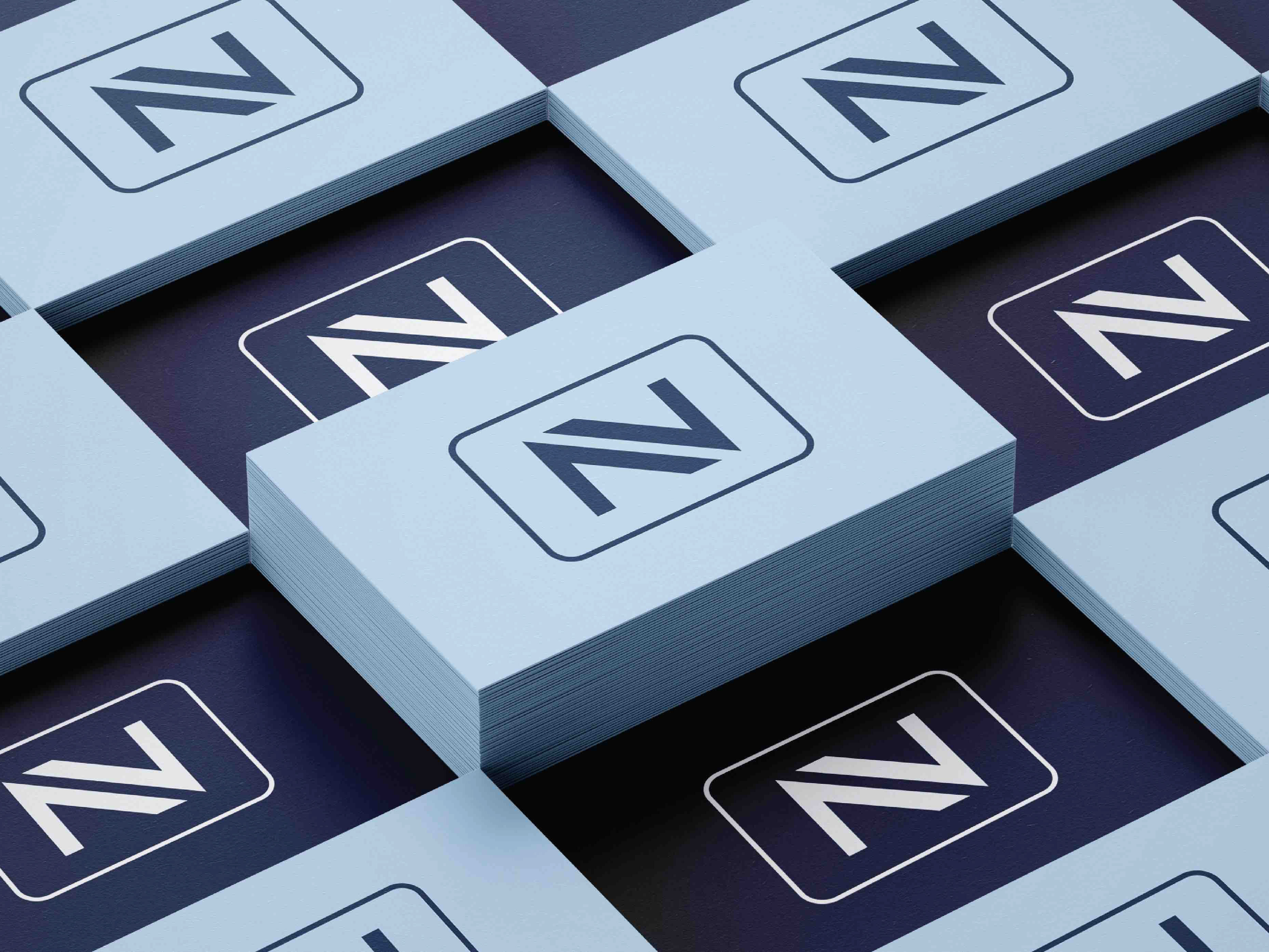The above iterations were created before the final outcome
Image below:
'Drop the gender bias': The past generations have been taught to use “he” as the default for a person. The latter half of the 20th century saw people looking to alternate “he” and “she” to avoid identifying gender at all. More recently, there has been an increased awareness of a spectrum of gender inclusiveness and there has been a rise in the use of “they” as a singular pronoun. This composition shows the shift in language to make it inclusive by depicting a 'drop' in the ladder created with the letter H.
Typefaces used: Gotham and Balans. Balans means 'balance’ in Dutch.

Image below:
The typographic composition below depicts the shift in the word ‘Mademoiselle’ to ‘Madame’ to refer to a woman now. Mademoiselle entered into official use under Napoleon I in the 1800s and till 2012 the term was used to signify ‘unmarried women’ which was in a way an invasion of privacy, it unnecessarily referred to a woman’s matrimonial situation while there was only 'Monsieur' used for all men. The use of a single word to address women makes the language more inclusive.
Typeface used: Alexandria FLF
This composition depicts the grammar rule ‘le masculine l’emporte’ which means- 'the masculine wins' in a bad light by questioning it. In French, this rule states that even when one male is present amongst a group of 50 people, the noun of the group is masculine. This rule is taught in schools and the repetition of this rule to children at places that dispense knowledge induces mental representations that lead women and men to accept the domination of a gender. So here is a point where there should be a neutral term for a group of people.
Typefaces used: Cheque and Gotham
Gender-specific terms lead to wrong perceptions of professions or people as if it is not the norm for those genders to do that kind of job. Through this word puzzle, the gender-neutral terms that should be used (instead of gender-specific terms) are highlighted.
Typeface used: Gotham
In French, the car is grammatically feminine: la voiture. In German, on the other hand, it's neutral: das auto. Meanwhile, in Spanish, it's masculine: el coche. Why is gender required for objects? I strongly believe in the promotion of gender-neutral languages. Here is a composition that questions the need for gender-biased terms and promotes gender-neutral pronouns.
Typeface used: Gotham
Please Note: This project was a part of an assignment and is subject to different interpretations. We do not intend to hurt or disrespect any individual or their beliefs.










